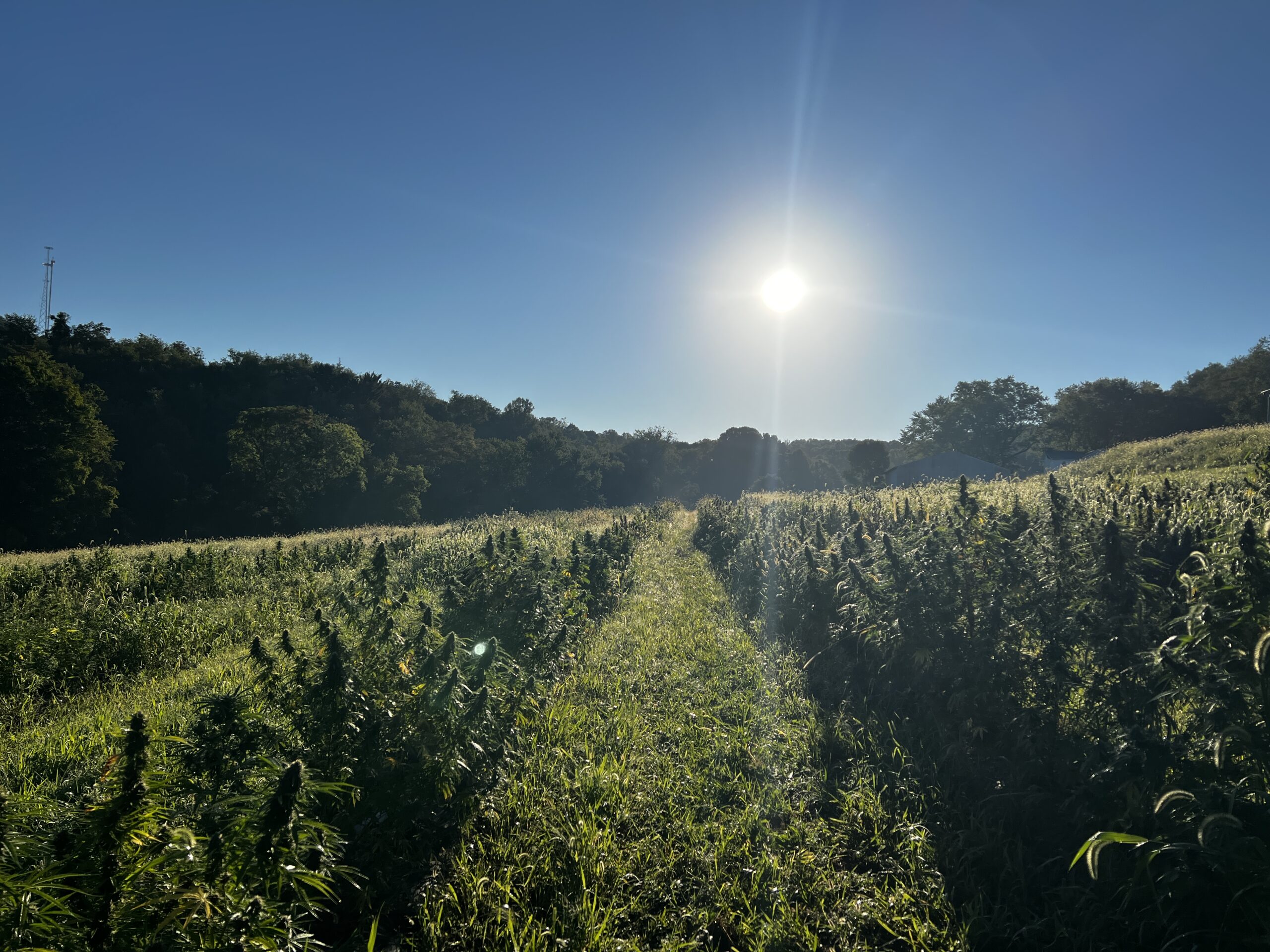Embarking on sustainable agriculture is a rewarding journey that benefits not only your farm but also the environment. Whether you’re starting a small garden or managing a larger plot of land, these actionable tips will help you adopt sustainable practices from the ground up.
Table of Contents
1. Soil Testing and Management
Actionable Tip: Begin by testing your soil to determine its pH levels and nutrient content. You can use at-home kits or send samples to a local agricultural extension service.
- Why? Understanding your soil’s condition helps you make informed decisions about amendments and crop choices.
- How? Collect soil samples from different areas of your farm and follow the testing kit instructions or lab guidelines.
2. Composting
Actionable Tip: Start a compost pile using kitchen scraps, yard waste, and other organic materials to create nutrient-rich soil amendments.
- Why? Compost improves soil structure, fertility, and promotes beneficial microbial activity.
- How? Layer green (nitrogen-rich) and brown (carbon-rich) materials, keep it moist, and turn it regularly to speed up decomposition.
3. Crop Rotation
Actionable Tip: Plan a crop rotation schedule that alternates plant families in the same plot each season.
- Why? Rotating crops prevents soil nutrient depletion and reduces pest and disease cycles.
- How? Divide your garden into sections and rotate crops like legumes, root vegetables, and leafy greens annually.
4. Cover Cropping
Actionable Tip: Plant cover crops like clover, rye, or legumes during off-season periods.
- Why? Cover crops prevent soil erosion, suppress weeds, and add organic matter to the soil.
- How? Sow cover crop seeds after harvesting your main crops and till them into the soil before planting the next season.

5. Integrated Pest Management (IPM)
Actionable Tip: Use a combination of biological, physical, and chemical methods to manage pests sustainably.
- Why? IPM reduces reliance on synthetic pesticides, protecting beneficial insects and the environment.
- How? Introduce natural predators, use traps, and apply organic pesticides only when necessary.
6. No-Till or Reduced Tillage Farming
Actionable Tip: Minimize soil disturbance by reducing how often and how deeply you till your soil.
- Why? Less tillage preserves soil structure, prevents erosion, and maintains beneficial microorganisms.
- How? Use tools like broadforks or practice direct seeding into residue-covered soil.
7. Water Conservation Techniques
Actionable Tip: Implement drip irrigation and rainwater harvesting systems.
- Why? Efficient water use conserves resources and reduces costs.
- How? Install drip lines near plant roots and set up barrels to collect rainwater from gutters.
8. Agroforestry Practices
Actionable Tip: Integrate trees and shrubs into your farming system.
- Why? Trees provide shade, windbreaks, and habitats for wildlife, enhancing biodiversity.
- How? Plant fruit or nut trees alongside crops or use hedgerows as natural barriers.
9. Organic Mulching
Actionable Tip: Apply organic mulch like straw, wood chips, or leaves around your plants.
- Why? Mulching conserves soil moisture, suppresses weeds, and adds nutrients as it decomposes.
- How? Spread a 2-3 inch layer of mulch around the base of plants, keeping it away from stems to prevent rot.
10. Diverse Planting and Polyculture
Actionable Tip: Grow a variety of crops together instead of monocropping.
- Why? Diversity reduces pest outbreaks and improves soil health.
- How? Practice intercropping, companion planting, or create guilds of mutually beneficial plants.
Conclusion
Starting with these sustainable farming practices will set you on the path to a healthier, more productive farm. Remember, sustainability is an ongoing process of learning and adapting. By implementing these actionable tips, you’re contributing to a more sustainable future for agriculture and the planet.
Feel free to share your experiences or ask questions in the comments below. Happy farming!

